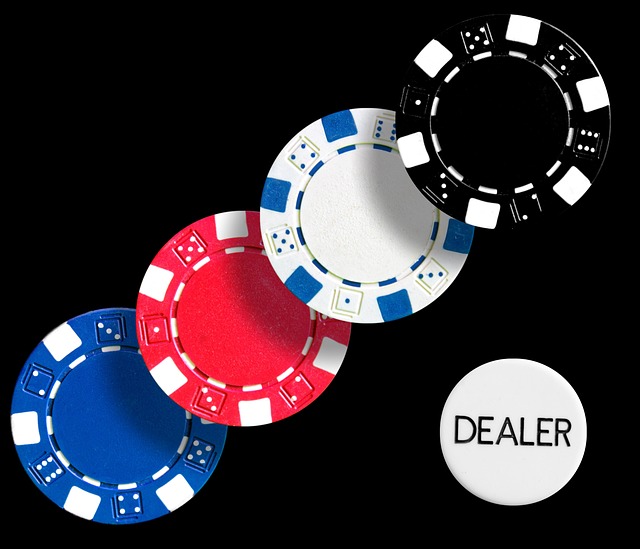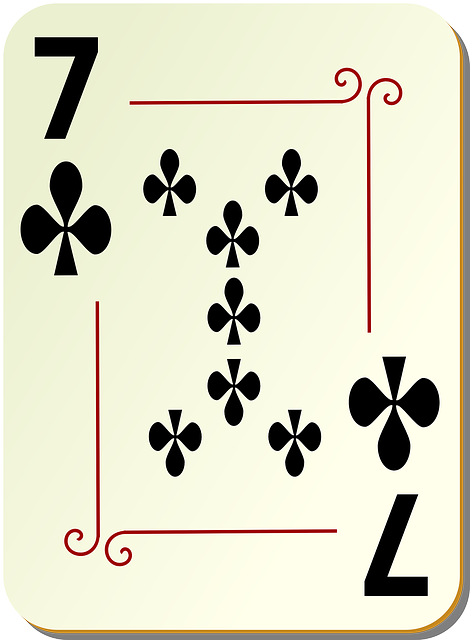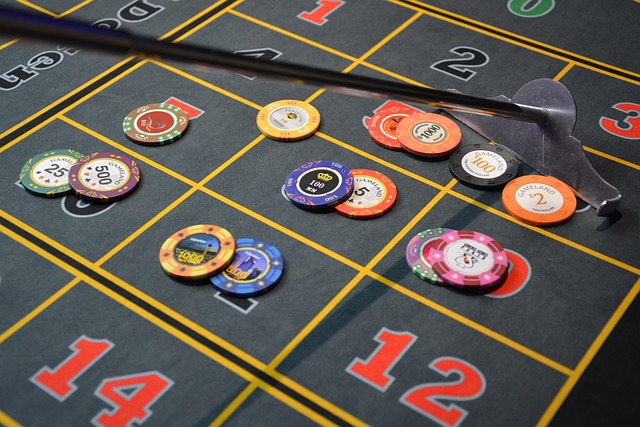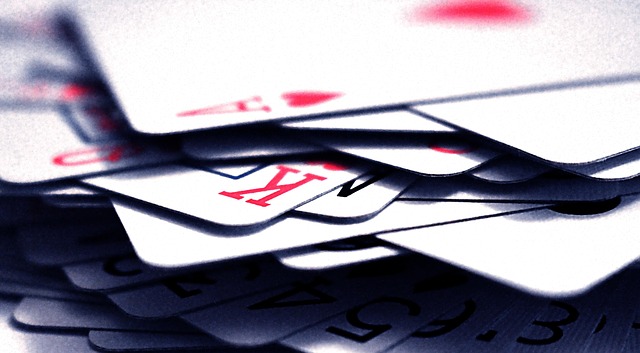poker, a strategic card game with global appeal, combines skill, strategy, and chance. 'How to Play Poker' introduces players to its fundamentals, including betting rounds, hand rankings, and the goal of outmaneuvering opponents with the strongest five-card combination. With roots in 18th-century Europe and America, poker has evolved into a dynamic game with multiple variants, captivating enthusiasts worldwide through its blend of psychology, bluffing, and luck.
poker is a captivating game that blends skill, strategy, and a dash of luck. In this comprehensive guide, we’ll unlock the secrets of poker, taking you from novice to knowledgeable player. From understanding the fundamentals to mastering advanced techniques, ‘How to Play Poker’ offers a step-by-step journey through every facet of the game. Discover the lingo, learn the hand rankings, and explore strategic moves like pot odds, position play, and effective bluffing – all crucial elements for success at the table.
- Understanding the Basics of Poker
- – Definition and History of Poker
- – Essential Terms: Blinds, Dealers, Community Cards, Hands
Understanding the Basics of Poker

Poker is a game that combines skill, strategy, and a touch of luck. To understand how to play poker, one must grasp its basic components. The objective is simple: outsmart your opponents by forming the best five-card hand according to the standard poker hierarchy. Each player places bets, either voluntarily (betting) or as a response to others (calling), while trying to win the pot, which contains all the accumulated bets from previous rounds.
The game progresses in cycles called ‘hands,’ where each player is dealt a unique set of cards. After an initial betting round, players can choose to fold (discard their hand and forfeit any bets), call, or raise (increase their bet). This dynamic continues until all but one player folds, at which point the remaining player(s) reveal their hands. The winner is determined by forming the highest-ranked poker hand using any combination of the community cards (shared by all players) and their personal hole cards (dealt face down).
– Definition and History of Poker

Poker is a captivating card game that has captivated players worldwide for centuries, evolving from simple gambling among friends to a global phenomenon with numerous variants and tournaments. Its origins trace back to the 18th century in northern Europe and America, where various games involving cards and betting emerged. These early versions laid the foundation for what we now know as poker, which gained popularity in the Wild West era of the United States.
Over time, poker has become a complex strategic game that requires skill, psychology, and a bit of luck. The objective is simple: win bets by forming the best five-card hand according to the standard poker hand rankings. Players engage in rounds of betting, often using chips as a medium, while trying to outmaneuver their opponents through bluffing, reading tells, or simply having the strongest hand. This dynamic interplay makes poker an enthralling game that continues to grow in popularity, with dedicated fans and professional players worldwide, constantly exploring the art of How to Play Poker.
– Essential Terms: Blinds, Dealers, Community Cards, Hands
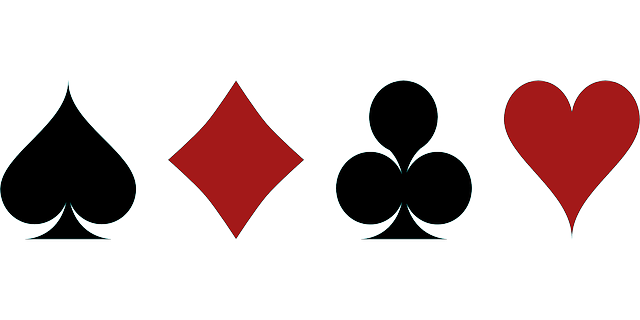
In poker, understanding essential terms is crucial for anyone looking to master the game. The blinds are mandatory bets placed before the cards are dealt, with one player paying the small blind and another the big blind. These bets create an initial pot that all players contribute to. The dealer, or the person dealing the cards, facilitates play by distributing cards face down (known as holes or private cards) to each player and then placing community cards face up on the table in three stages.
Hands are formed by combining a player’s private cards with the community cards. There are various hand rankings in poker, from high card to royal flush. Players aim to form the best possible hand while betting strategically to outmaneuver opponents. This involves matching or raising bets based on their hand strength and the potential of the community cards. Learning these core concepts is a significant step in how to play poker successfully.
Poker is a captivating game that combines skill, strategy, and a touch of psychology. By understanding the basics, including key terms and blind structures, you’re well on your way to mastering how to play poker effectively. Whether you’re a beginner or looking to refine your skills, this guide offers a solid foundation for navigating the exciting world of poker. So, gather your friends, set up the cards, and let the strategic dance begin!


